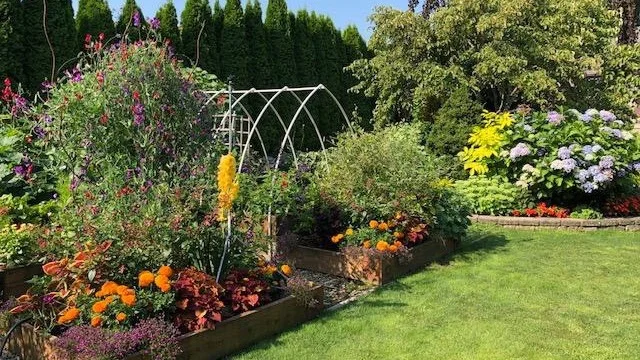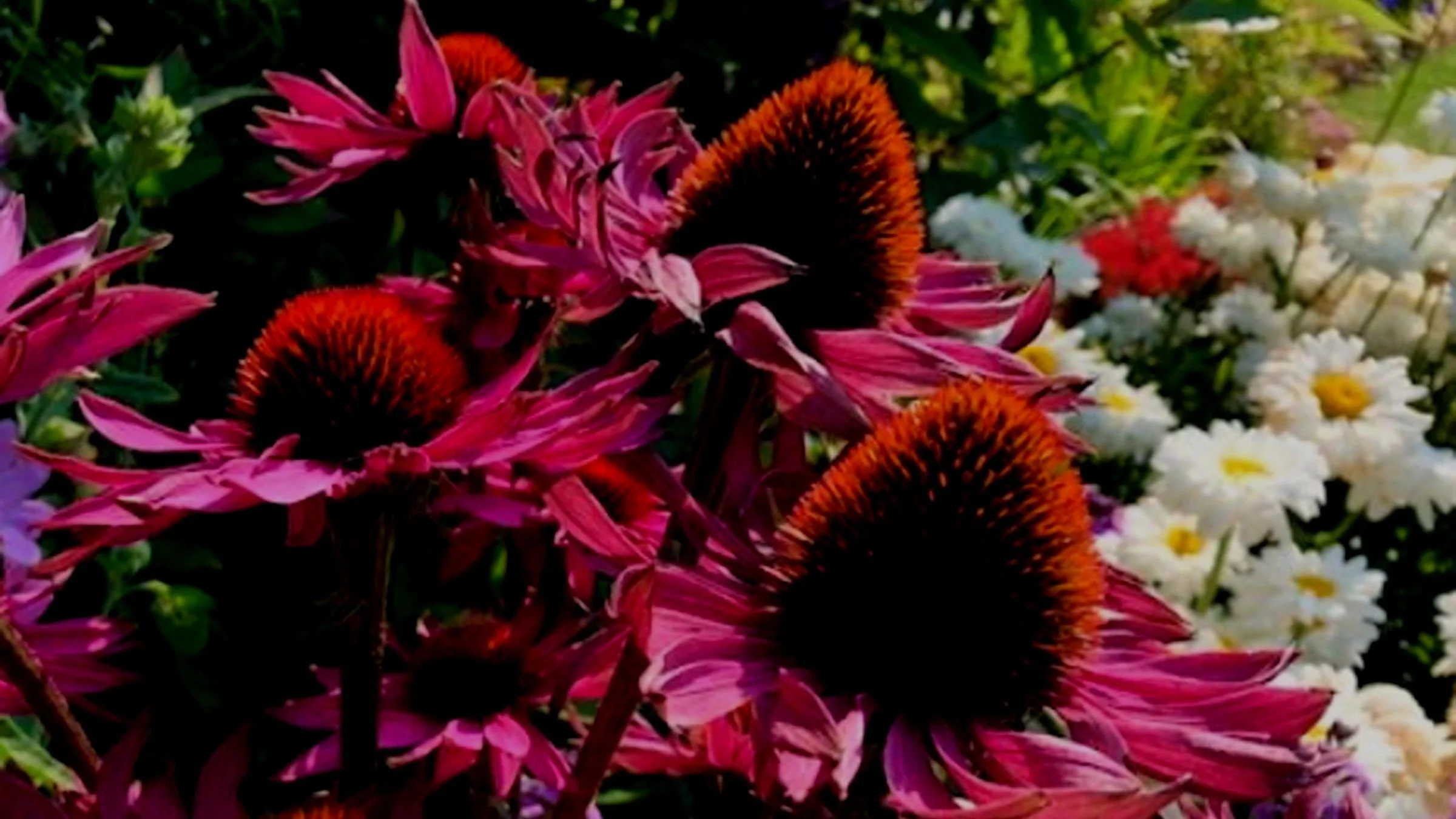There is a certain fact that northwest gardeners are going to have to start embracing: our summers are getting longer and drier and our plants are only going to get more and more moisture stressed. It is up to us to help our landscapes get through the summer months, so here are the basics of proper watering. Yes, I know this could turn out to be a real snoozer, but it’s important, it could mean the difference between life and death for your plants.
Most gardeners water too often and not deep enough. Stick your finger into the soil two inches down (if it will go that far) and see if there is any moisture. If there is then DON’T WATER YET. Wait a few more days.
Most of us are trying to garden on 2 to 4 inches of topsoil. You can thank your city/county building departments for leaving you in this untenable situation. If they would only just require the builder to leave us with 12” to 18” of wonderful topsoil, they would solve their storm water runoff problems and make every gardener in Puget Sound very happy.
Appropriate sprinklers are as follows:
1. Soaker hoses typically ooze or sweat. These are perfect for shrub borders and permanent plantings. Turn them on when you go to work and turn them off that evening or even a couple days later (after you have stuck you finger 2 inches into the ground to check the moisture content).
2. Oscillating or impact sprinklers. You can pay anywhere from $15 to $80 for an oscillating sprinkler - I suppose you get what you pay for. They are perfect for square or rectangular spaces and apply water fairly uniformly. Impact sprinklers, like the good old Rainbird styles, are more adjustable for odd configurations. Both types work well for large areas and can usually run for 20 to 40 minutes before you have to move them.
3. For spot watering, my all-time favorite sprinkler is a Gilmour Fan Sprinkler. For hand watering pots, it is hard to beat all the various sprinklers that Dramm manufactures. With their wands and hand held nozzles you can do anything from lightly misting the foliage of a delicate fern to blasting off the bug remains on the windshield of your car. With all the designer colors they come in it can actually be fun to do these chores.
4. Automatic sprinkler systems are nice and I made a living installing them in California, but you still have to monitor things to make sure water is being applied uniformly. And please don’t run them every day.
Adding compost - this is an essential step in retaining moisture in the soil. Applying a 1” to 2” layer of mulch to the soil, under your shrubs and trees and around the perennials, will reduce the frequency with which you need to water by as much as 50%. That is a very good investment!
So to summarize, first and foremost, stick your finger 2 inches into the soil to see if you really need to water. Established shrubs and trees need only watering once or twice a month, perennials, annuals and lawns only 1 to 3 times a week and containers only every day or every other day depending on how root bound they are. Water deeply and infrequently using an appropriate sprinkler and always count your blessings that we live in a civilized society where we have the option to water at all.



